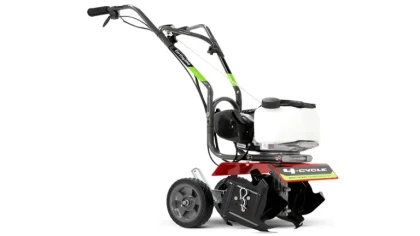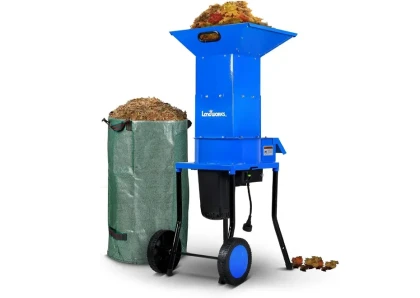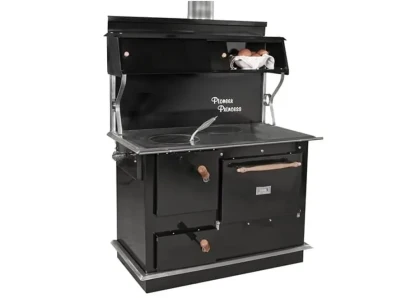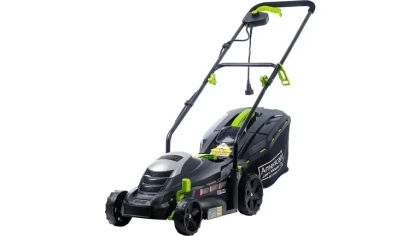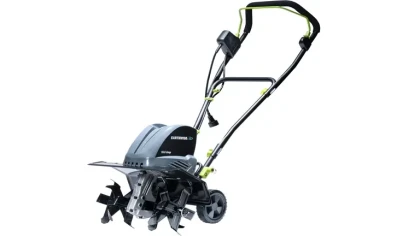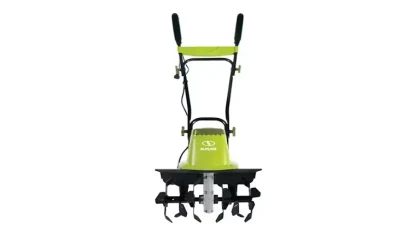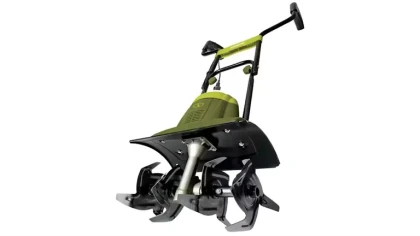
Pipeline Skids
Overview
Pipeline skids are essential tools used in construction and maintenance to support and transport pipes. These skids are commonly crafted from wood, steel, or composite materials. Their primary function is to ensure the stability of pipes and other equipment, significantly reducing the risk of accidents and injuries. By providing a secure base, pipeline skids facilitate efficient movement of pipes and equipment, enhancing overall workflow.
Pipeline skids are constructed using robust and enduring hardwoods like oak, hickory, and maple. These wood varieties possess inherent strength and durability, making them ideal for handling the weight of heavy machinery and enduring exposure to the elements. Furthermore, oak, hickory, and maple are resistant to rot and decay, ensuring the longevity and reliability of pipeline skids. Importantly, these hardwoods are renewable resources, allowing for sustainable harvesting and processing practices.
Pipeline skids have become increasingly popular in the construction industry in 2022. A survey revealed that 55% of small construction companies (1-100 employees), 80% of medium-sized companies (101-500 employees), and a whopping 95% of large companies (501+ employees) incorporated pipeline skids into their operations. This rising trend is fueled by the growing demand for pipeline construction projects.
Pipeline skids offer a range of benefits for construction companies. They provide vital stability for pipes and equipment, reducing the risk of accidents and injuries. Furthermore, they streamline the movement of pipes and equipment within construction sites, improving operational efficiency. With their protective features, pipeline skids ensure the safeguarding of valuable assets.
Types of pipeline skids
There are three main types of pipeline skids: single-sided, double-sided, and saddles. Single-sided skids are used to support pipes on one side, while double-sided skids support pipes on both sides. Saddles are used to support pipes that are stacked on top of each other.
- Single-sided skids: are the most common type of pipeline skid. They are used to support pipes on one side and are typically made of wood or steel. Single-sided skids can be either temporary or permanent and are often used in conjunction with other types of support, such as cribbing or racking.
- Double-sided skids: are similar to single-sided skids, but they support pipes on both sides. Double-sided skids are often used for heavier pipes, or for pipes that need to be supported over a longer distance. Double-sided skids can also be temporary or permanent.
- Saddles: are a type of pipeline skid that is used to support pipes that are stacked on top of each other. Saddles are typically made of steel, and they are designed to distribute the weight of the pipes evenly. Saddles can be used for both temporary and permanent support.
Practical Uses of Pipeline Skids
- Cribbing: Ideal for supporting pipes during pipeline construction.
- Racking: Provides a sturdy framework for organizing and storing pipes on the construction site.
- Elevating: Raises pipes off the ground, protecting them from potential damage and facilitating easier access during construction projects.
Benefits of using pipeline skids
- Enhanced Stability: These sturdy supports prevent pipe tipping and collapsing, ensuring a secure foundation and preserving structural integrity.
- Improved Efficiency: Pipeline skids streamline pipe movement and transportation, saving time and effort, and enhancing overall project efficiency.
- Protection Against Damage: Acting as a protective barrier, skids shield pipes from rough terrain and hazards, minimizing potential damage and reducing repair needs.
Common drawbacks of pipeline skids
- Cost: Pipeline skids can incur significant expenses, especially for larger or complex projects.
- Maintenance: Regular maintenance is necessary to ensure optimal performance. This entails inspecting for damage, repairing any issues, and applying protective coatings to safeguard against environmental factors.
- Storage Challenges: The large and bulky nature of pipeline skids can pose storage and transportation difficulties.
- Weight Concerns: Due to their weight, pipeline skids can present challenges when it comes to maneuverability and relocation.
- Vulnerability to Damage:Exposure to elements like rain, snow, and sunlight can cause damage, as can interactions with heavy machinery or other objects.
- Terrain Limitations: Pipeline skids are most suitable for flat and level surfaces, making them less practical for uneven terrains.
Despite these drawbacks, pipeline skids remain a valuable asset for pipeline construction. To minimize these limitations, consider the following tips:
- Select the appropriate size and type of skid for your project to ensure optimal functionality.
- Conduct regular inspections to detect any damage early and address it promptly.
- Implement proper maintenance practices, including protective coatings and prompt repairs.
- Store skids appropriately during periods of non-use to shield them from potential damage.
Treated and Untreated Options for Pipeline Skids
- Treated Pipeline SkidsThere are several advantages to using treated skids for pipelines. Treated skids are more durable and can last for many years in harsh environments. They are also less likely to catch fire, which is a major concern for pipelines that transport flammable liquids.
- Untreated Pipeline SkidsUntreated skids are less expensive than treated skids, but they are not as durable and may not last as long. Untreated skids are also more likely to catch fire, which is a major concern for pipelines that transport flammable liquids.
Tips for optimal use of Pipeline Skid
- Choose the right skid size and type for your needs.
- Regularly inspect and repair any damage.
- Keep the skid clean and free of debris.
- Follow the manufacturer's instructions.
- Store the skid safely when not in use.
- Use the skid on level ground and secure it properly.
- Ensure proper ventilation and cleanliness.
- Schedule regular inspections and maintenance.
Conclusion
At Forestry.com, you can find a range of 12-inch timber mats designed for various purposes. These mats are crafted from hardwood timber and are offered in different options such as mixed hardwoods, solid oak, pine, or Douglas fir. Built to withstand demanding conditions, they provide the stability needed for track equipment in diverse environments, including swamps, mud, and unstable ground.
No listings available
Related Products
Questions & Answers
What do you want to know about this product?
Reviews (5)
Skid Savvy
Skid Savvy on
Dependable and versatile, excels in various applications.
Safety Skidster
Protects Pipes and Boosts Efficiency
A safety must-have, improves workflow efficiency.
Pipeliner Exper
Perfect Support for Heavy Pipes
Robust construction ensures smooth operations.
Skid Warrior
Ideal for Any Terrain
Built to last in rugged environments. Highly impressed!
Skidmaster Pro
Sturdy and Reliable
Exceptionally durable and efficient. Highly recommended.



